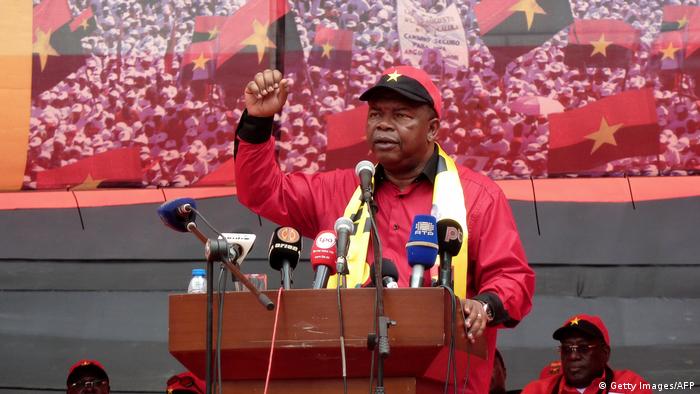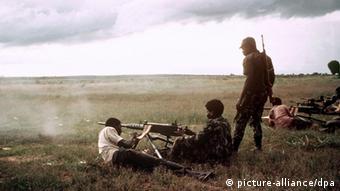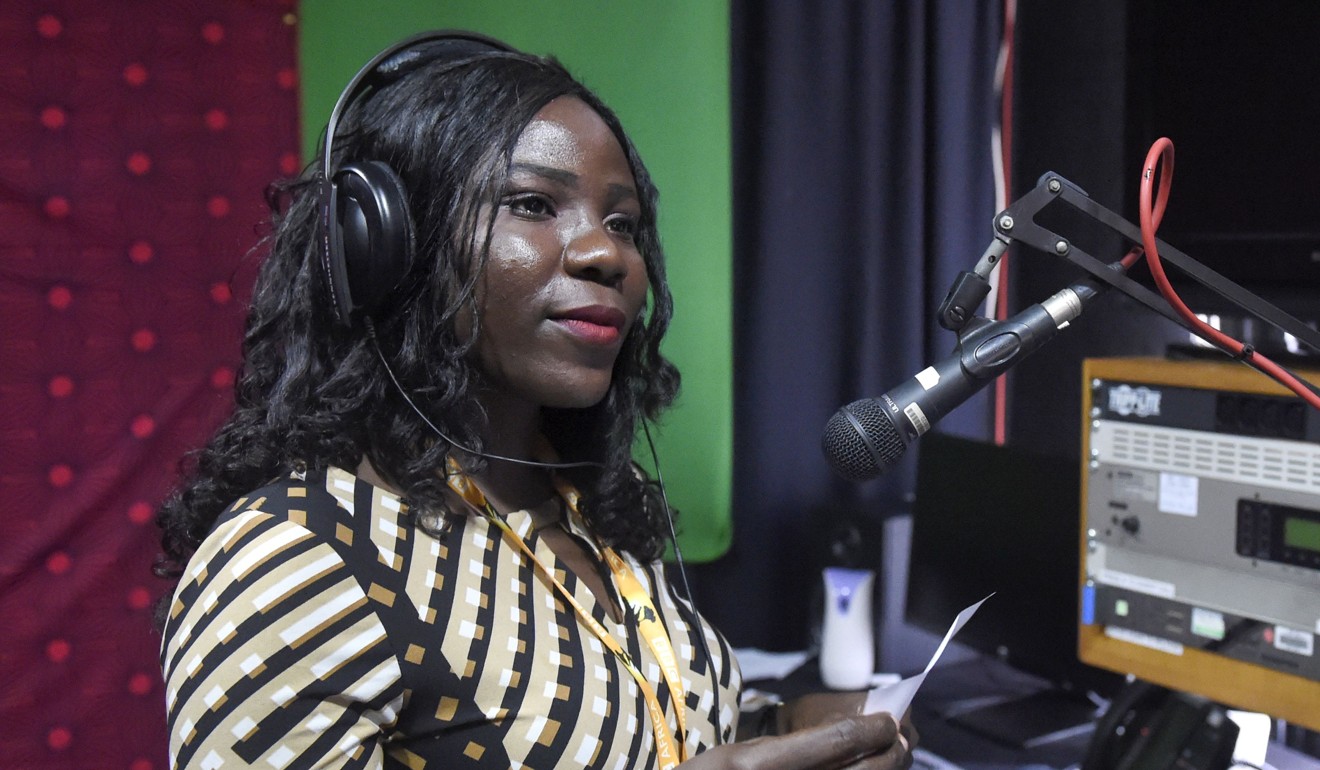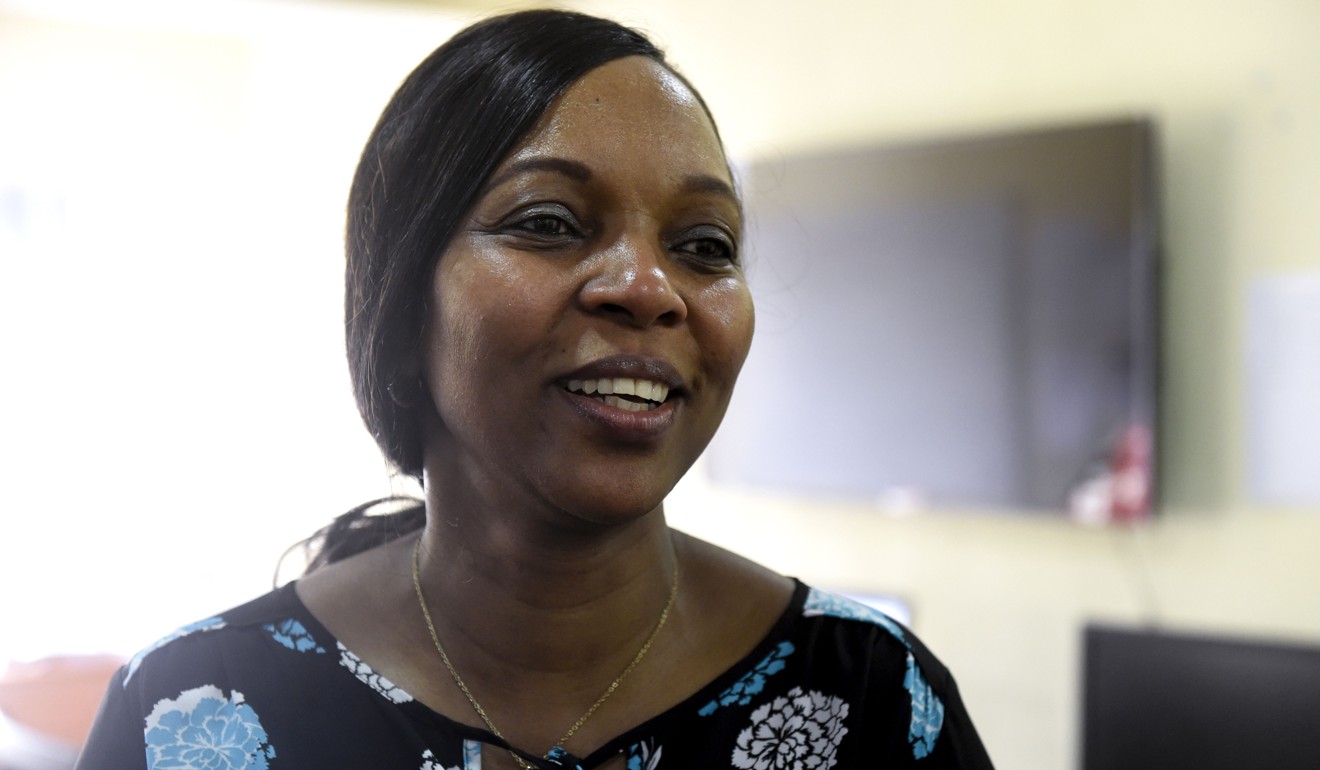Ghana targets 5 million passengers yearly with AfDB-funded international airport expansion project
Project to boost regional integration, says Adesina
04/08/2017

The construction of a new terminal at Ghana’s flagship airport – Kotoka International Airport – is expected to make the country a destination of choice with a yearly target of 5 million passengers.
The project, funded by the African Development Bank (AfDB) with a $120-million facility, will improve air transport in the country. It is also expected to contribute towards boosting the country’s economy, reduce the cost of doing business, and improve competitiveness.
“This terminal is being built for a successful economic future. Its large capacity is a confident statement of intent,” said AfDB President, Akinwumi Adesina during a tour of the project in Accra on August 3. “President Akufo-Addo told me that Ghana is back on the African map as a political and economic force, and I think that an airport terminal facility next year that can handle 5 million passengers per year will be proof positive of that.”
“This will help the economy and society of Ghana considerably through enhanced regional integration and employment. This is also a tangible implementation of the Bank’s High 5s strategy in Ghana. I understand that the construction process is right on time and the quality of the infrastructure is excellent. I want to commend all the staff who have been working on this.”
Adesina was on a three-day visit to Ghana, August 1-3, to strengthen cooperation with the country.
The project is scheduled to be ready in 270 days (April 2018).
Ghana’s Minister of Finance, Ken Ofori Atta, described the project as strategic to Ghana’s economic transformation agenda.
“I would like to thank the President of the AfDB for coming for this State visit. It has been very good for us. We talked a lot about aviation, agriculture, energy and industry. With the type of performance he is seeing here, we are sure to get more funding from the Bank,” he said.
The country’s aviation sector has emerged as a crucial driving force behind global socio-economic development and even more crucial for emerging economies in Africa. Ghana’s aviation industry has witnessed a significant growth in the past decade due to the discovery of petroleum and gas reserves in the country, sustained domestic demand, and increase in the tourism sector.
Ghana has one international airport – Kotoka International Airport (KIA) – and four domestic airports. Between 2007 and 2014, the number of carriers operation at the Kotoka International Airport, Ghana’s flagship airport, increased from 15 to 42. In general, the capacity in Ghana’s airports cannot cater for the expected demand growth of air traffic, hence the need for significant investment in the country’s airport facilities.
Minister of Aviation Cecilia Abena Dapaah commended AfDB for providing funding for the project and expressed the hope that the project would cater for the expected demand growth of air traffic.
“This is about my 5th visit to the site and we are happy that we are on schedule. Next year, God willing, we will open this edifice as the biggest infrastructure in this company, and we hope to get more passengers to pass through it. This is in line with the vision of the President, Nana Akufo-Addo, to make Ghana the hub of the West African region and a destination of choice. This is the main vision that we have for this project. It is going to create a lot of businesses. This government is poised to employ a lot of people in the aviation,” said Dapaah.
Ghana targets 5 million passengers yearly with AfDB-funded international airport expansion project
Project to boost regional integration, says Adesina
04/08/2017

The construction of a new terminal at Ghana’s flagship airport – Kotoka International Airport – is expected to make the country a destination of choice with a yearly target of 5 million passengers.
The project, funded by the African Development Bank (AfDB) with a $120-million facility, will improve air transport in the country. It is also expected to contribute towards boosting the country’s economy, reduce the cost of doing business, and improve competitiveness.
“This terminal is being built for a successful economic future. Its large capacity is a confident statement of intent,” said AfDB President, Akinwumi Adesina during a tour of the project in Accra on August 3. “President Akufo-Addo told me that Ghana is back on the African map as a political and economic force, and I think that an airport terminal facility next year that can handle 5 million passengers per year will be proof positive of that.”
“This will help the economy and society of Ghana considerably through enhanced regional integration and employment. This is also a tangible implementation of the Bank’s High 5s strategy in Ghana. I understand that the construction process is right on time and the quality of the infrastructure is excellent. I want to commend all the staff who have been working on this.”
Adesina was on a three-day visit to Ghana, August 1-3, to strengthen cooperation with the country.
The project is scheduled to be ready in 270 days (April 2018).
Ghana’s Minister of Finance, Ken Ofori Atta, described the project as strategic to Ghana’s economic transformation agenda.
“I would like to thank the President of the AfDB for coming for this State visit. It has been very good for us. We talked a lot about aviation, agriculture, energy and industry. With the type of performance he is seeing here, we are sure to get more funding from the Bank,” he said.
The country’s aviation sector has emerged as a crucial driving force behind global socio-economic development and even more crucial for emerging economies in Africa. Ghana’s aviation industry has witnessed a significant growth in the past decade due to the discovery of petroleum and gas reserves in the country, sustained domestic demand, and increase in the tourism sector.
Ghana has one international airport – Kotoka International Airport (KIA) – and four domestic airports. Between 2007 and 2014, the number of carriers operation at the Kotoka International Airport, Ghana’s flagship airport, increased from 15 to 42. In general, the capacity in Ghana’s airports cannot cater for the expected demand growth of air traffic, hence the need for significant investment in the country’s airport facilities.
Minister of Aviation Cecilia Abena Dapaah commended AfDB for providing funding for the project and expressed the hope that the project would cater for the expected demand growth of air traffic.
“This is about my 5th visit to the site and we are happy that we are on schedule. Next year, God willing, we will open this edifice as the biggest infrastructure in this company, and we hope to get more passengers to pass through it. This is in line with the vision of the President, Nana Akufo-Addo, to make Ghana the hub of the West African region and a destination of choice. This is the main vision that we have for this project. It is going to create a lot of businesses. This government is poised to employ a lot of people in the aviation,” said Dapaah.
Ghana targets 5 million passengers yearly with AfDB-funded international airport expansion project








